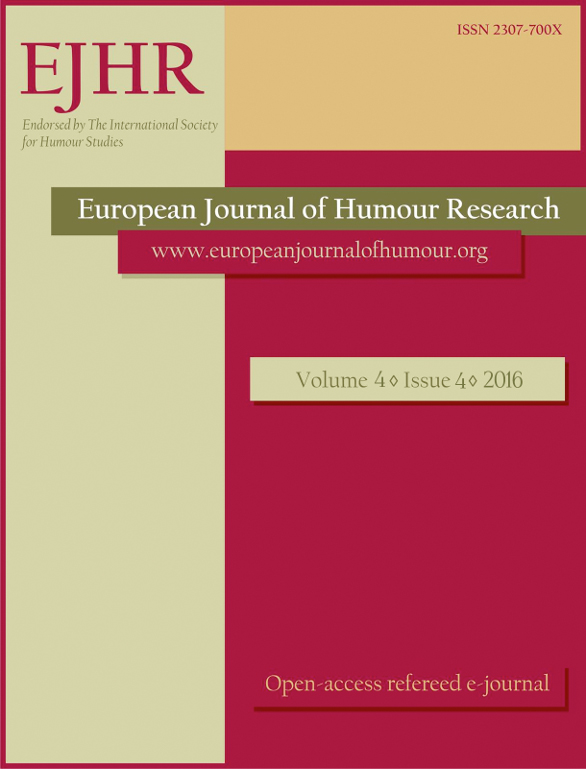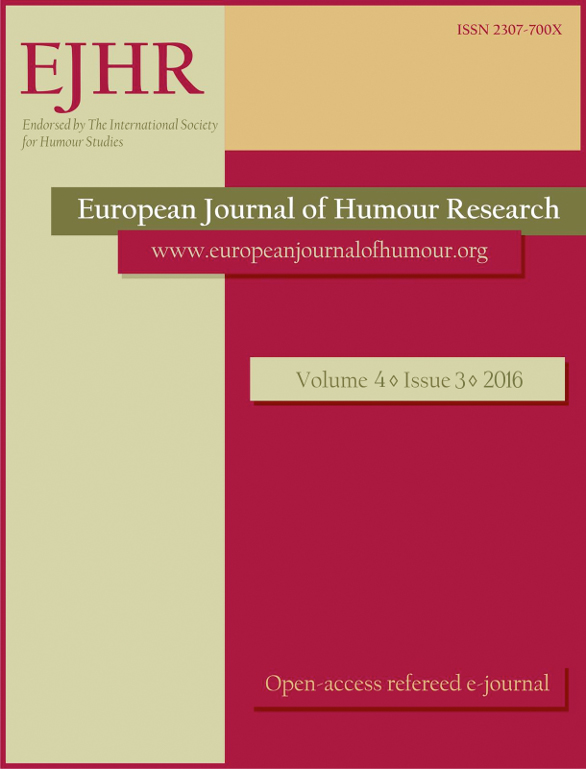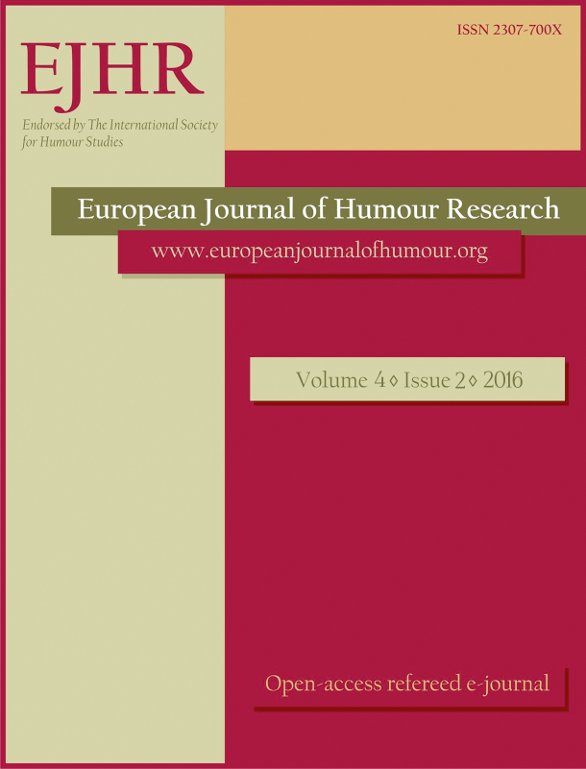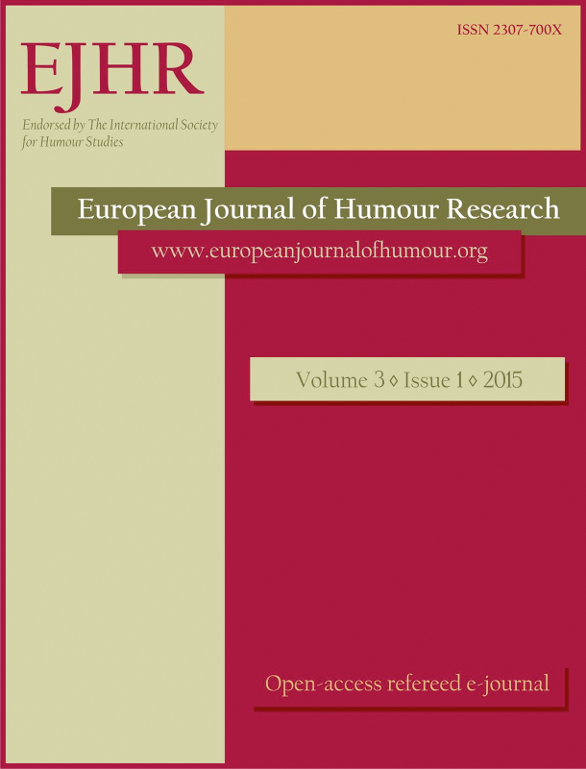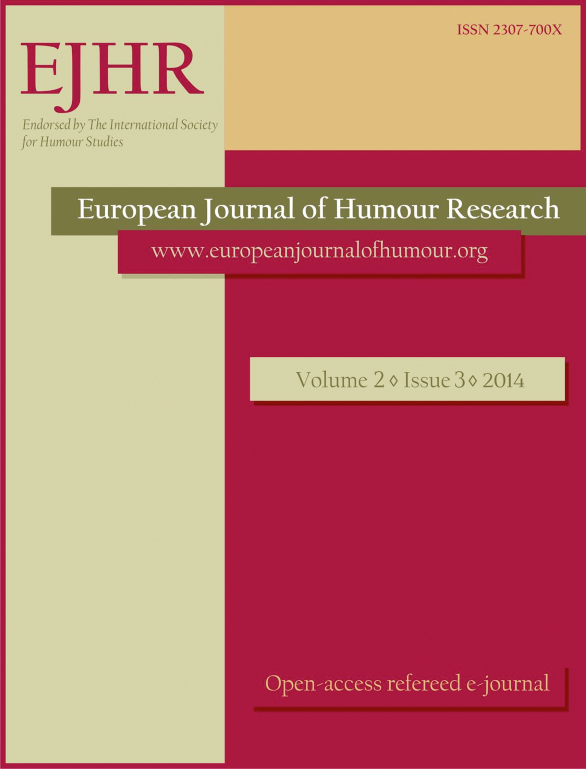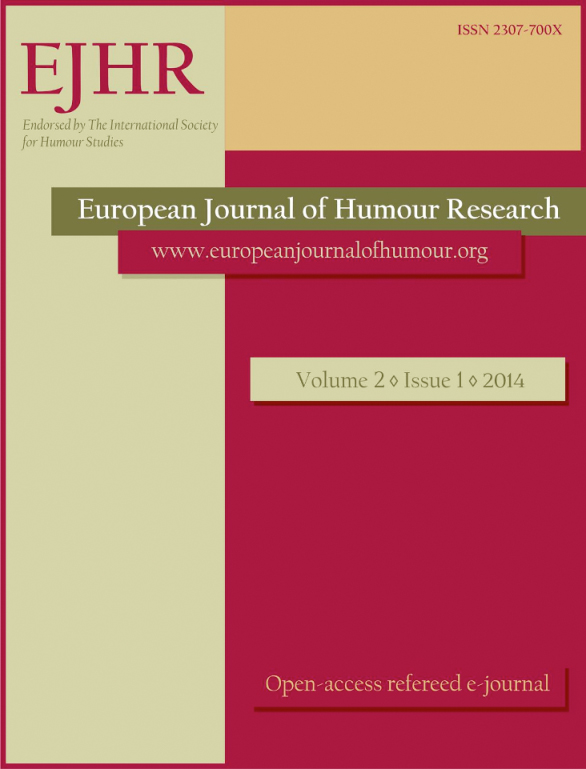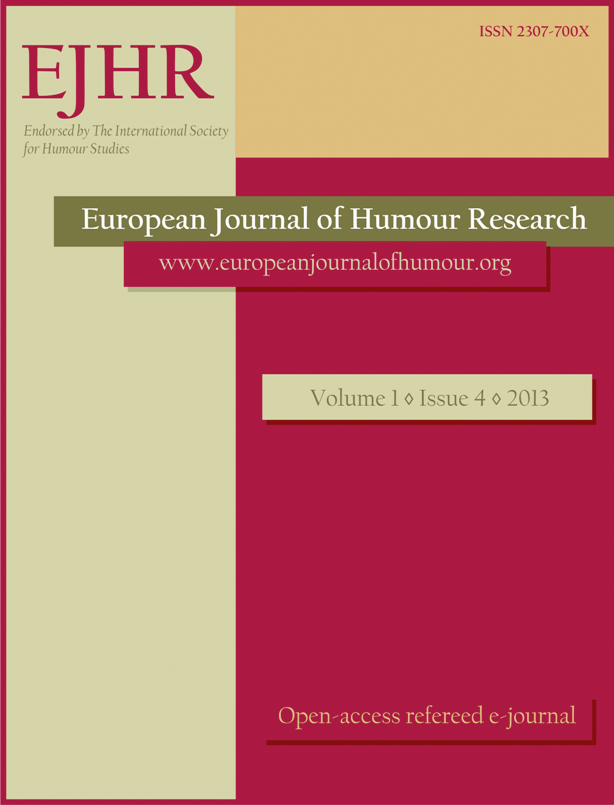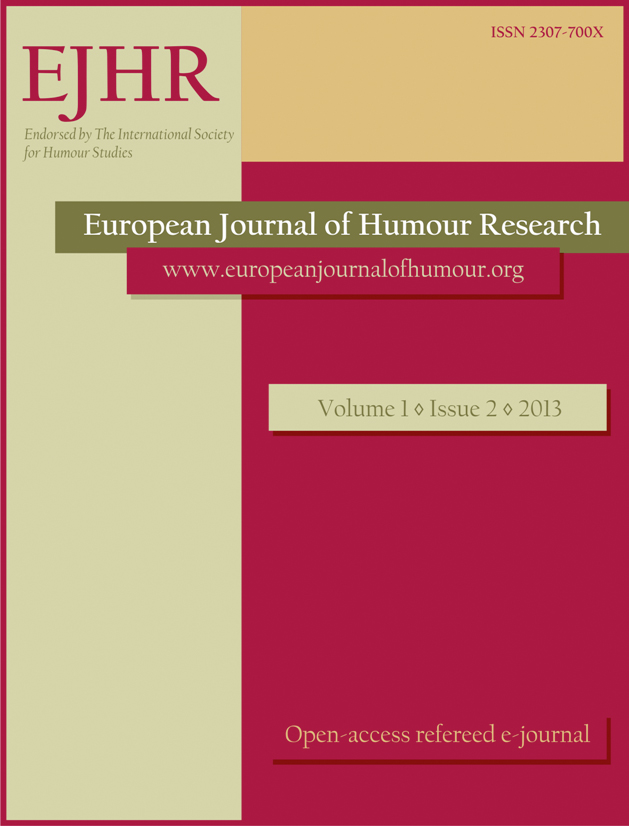
A multimodal analysis of conventional humorous structures on sensitive topics within rural communities in Romania
When it comes to humour, performing humorous structures means not only producing amusement, but also implies the ability of perceiving the comical, ludicrous or absurd in human life. In this paper, I consider humour as a way in which people in the rural community express themselves freely, without boundaries or constraints. Therefore, the interest of the present article is to identify and analyse sensitive humorous topics in Romanian rural communities. In conducting the study, the following steps were taken: I videotaped people from the Upper Valley of the river Mureș (selected with sociolinguistic criteria such as gender, age, occupation), I transcribed the audio-video records and I divided the data into thematic categories: jokes, traditional shouts and funeral songs or dirges with humorous structures. Starting from these methodological steps, I attempt to perform a multimodal analysis, which consists of analysing both the text and the audio-video record. In the first part of my research, the analysis of the text focuses on specific structures of conventional humour performed in jokes, traditional shouts and dirges by the main theories of humour: superiority, release and incongruity theories of humour. In analysing the audio-video stimuli, I dwell upon identifying the degree of influence of the psycho-sociolinguistic parameters (gender, occupation and context) on the performance of humour, concentrating on markers of humour such as intonation and visual cues. After analysing the humorous sensitive topics in Romanian rural communities through a multimodal perspective, my conclusion is that speakers combine linguistic and non-linguistic elements in order to make a text humorous.
More...
